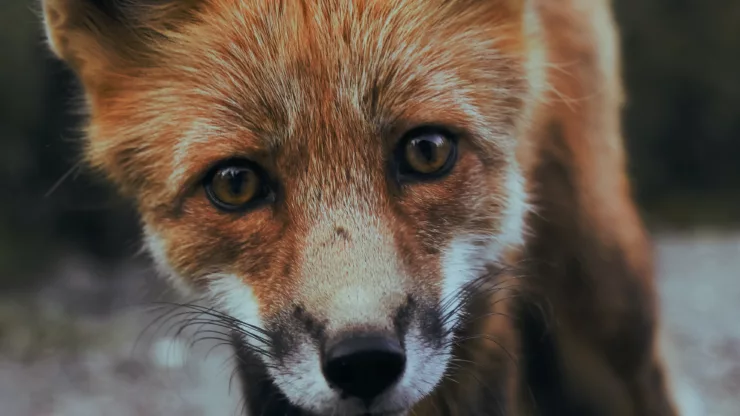As urbanization continues to expand, the need for effective wildlife management in cities becomes even more pressing.
Afforestation, the establishment of forests in areas where there was no forest cover, has emerged as a key tool in urban wildlife management.
This article provides a comprehensive review of the role of afforestation in urban wildlife management, including its benefits, how it helps manage urban wildlife, the successes and challenges of urban afforestation, and the future of afforestation in urban wildlife management.
Jump to Section
The Benefits of Afforestation in Urban Areas
Afforestation has numerous benefits for urban areas, including:
- Improved air quality: Trees absorb pollutants and release oxygen, leading to improved air quality.
- Reduced urban heat island effect: Trees provide shade and evapotranspiration, reducing temperatures in urban areas.
- Increased biodiversity: Forests provide habitat for a variety of wildlife species, increasing biodiversity in urban areas.
- Enhanced aesthetic value: Forests provide a natural beauty that enhances the aesthetic value of urban areas.
- Improved mental health: Exposure to nature has been shown to improve mental health and well-being.
How Afforestation Helps Manage Urban Wildlife
Afforestation helps manage urban wildlife in several ways:
- Provides habitat: Forests provide habitat for wildlife, including birds, mammals, and insects.
- Creates corridors: Forests create corridors that connect fragmented habitats, allowing wildlife to move between patches of habitat.
- Provides food: Trees provide food for wildlife, including fruits, nuts, and leaves.
- Reduces conflicts: Forests can reduce conflicts between wildlife and humans by providing alternative habitats and food sources.
- Increases awareness: Afforestation can increase awareness of urban wildlife and their importance.
The Successes and Challenges of Urban Afforestation
Urban afforestation has had numerous successes, including increasing biodiversity and improving the aesthetic value of urban areas. However, there are also challenges, including:
- Limited space: Finding space for afforestation in urban areas can be a challenge.
- Limited funding: Afforestation can be costly, and funding may be limited.
- Maintenance: Forests require maintenance, including watering, pruning, and pest management.
- Wildlife conflicts: Forests may attract wildlife that can cause conflicts with humans, such as deer and coyotes.
The Future of Afforestation in Urban Wildlife Management
The future of afforestation in urban wildlife management is promising. As urbanization continues to expand, the need for effective wildlife management in cities will continue to grow.
Afforestation can play a key role in managing urban wildlife and providing numerous benefits to urban areas.
However, to maximize the benefits of afforestation, careful planning, funding, and maintenance will be necessary.
FAQ
What is afforestation?
Afforestation is the establishment of forests in areas where there was no forest cover.
What are the benefits of afforestation in urban areas?
The benefits of afforestation in urban areas include improved air quality, reduced urban heat island effect, increased biodiversity, enhanced aesthetic value, and improved mental health.
How does afforestation help manage urban wildlife?
Afforestation helps manage urban wildlife by providing habitat, creating corridors, providing food, reducing conflicts, and increasing awareness.
What are the challenges of urban afforestation?
The challenges of urban afforestation include limited space, limited funding, maintenance, and wildlife conflicts.
What is the future of afforestation in urban wildlife management?
The future of afforestation in urban wildlife management is promising, but careful planning, funding, and maintenance will be necessary to maximize its benefits.
I’m a nature enthusiast and creator of Metro Wilds and have spent years exploring the great outdoors.
With a passion for environmental conservation and sustainability, I have dedicated my career to writing about the beauty and wonders of nature, as well as the threats facing our planet.
Contact me at [email protected] for assistance.





